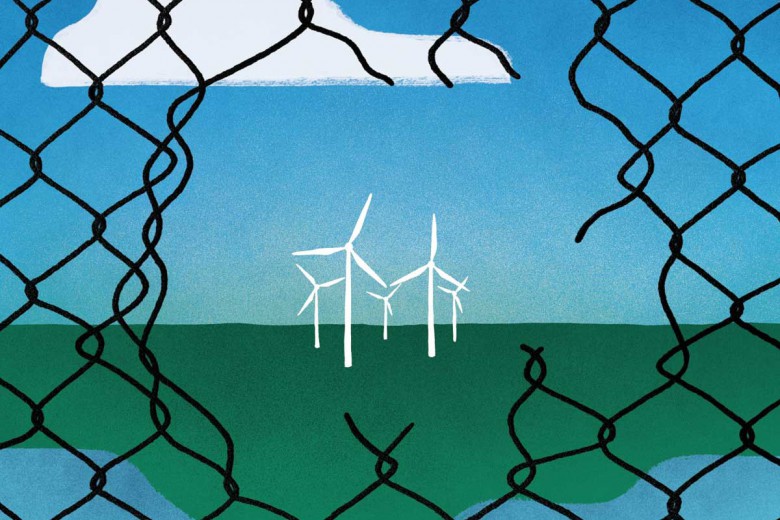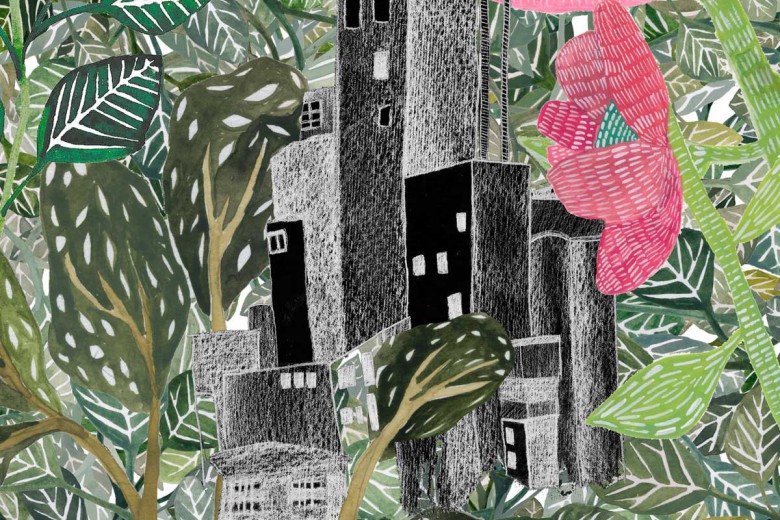
Commodify: to turn (as an intrinsic value or a work of art) into a commodity
Commodity: an economic good… a mass-produced unspecialized product; something useful or valued; … one that is subject to ready exchange or exploitation within a market
—source: Merriam-Webster
Consumer culture is having significant repercussions on our physical and mental well-being. One hormone-injected cheeseburger or the placement of an offensively loud advertisement where a tree once stood will not singularly ruin one’s health. But all of these intrusions into our physical and mental space, experienced routinely and en masse, are devastating to our collective quality of life.
Growing up in the 1990s in southwestern Ontario, the effects of commodification were an integral part of my reality. In addition to being swallowed up by the United States on three sides, southwestern Ontario is the most densely populated, polluted and heavily industrialised part of Canada. The region has some of the highest potential for agricultural growth in the country, but when industrial manufacturing won out decades ago, urban sprawl began to crawl across arable land as commercial operations flooded the region. At a young age, I simply accepted the surrounding landscape of strip malls, drive-throughs and big box stores as commonplace. The constant assault of advertising and disappearing farm land were just a part of my reality.
As I grew older, I began to notice the paradox of rising prices and declining quality in products like food and clothing. The once-thriving industrial heart of southwestern Ontario began to die and give way to cheap imports that were produced under unethical and unsustainable conditions abroad. Worst of all, things that were once considered free and everlasting, like art and love, were transformed into discounted, disposable products right before my eyes.
As a photographer, I felt that the ultimate assault of consumer culture on art was the cell phone camera. As they started to grow in popularity, I scorned the trend as a cheapened, mass-produced bastardization of photography. In retort to consumer culture for commodifying the artistic medium I love so much, I decided to use the low-grade camera on my own cell phone to photograph the daily examples of commodification that bother me the most. This collection of photos seeks to capture the dwindling quality and the commodification of the products, essential services, cultures and emotions that we interact with on a daily basis.
Upon completing this work, my cell phone camera stopped functioning for no apparent reason. The repair would have cost more than a new phone, so I ended up buying a more expensive cell phone, designed and developed by a company based in my hometown but made in China. The camera quality is still abysmal.











To see Willms’ full original photo essay, visit www.ianwillms.com/commodification.html






